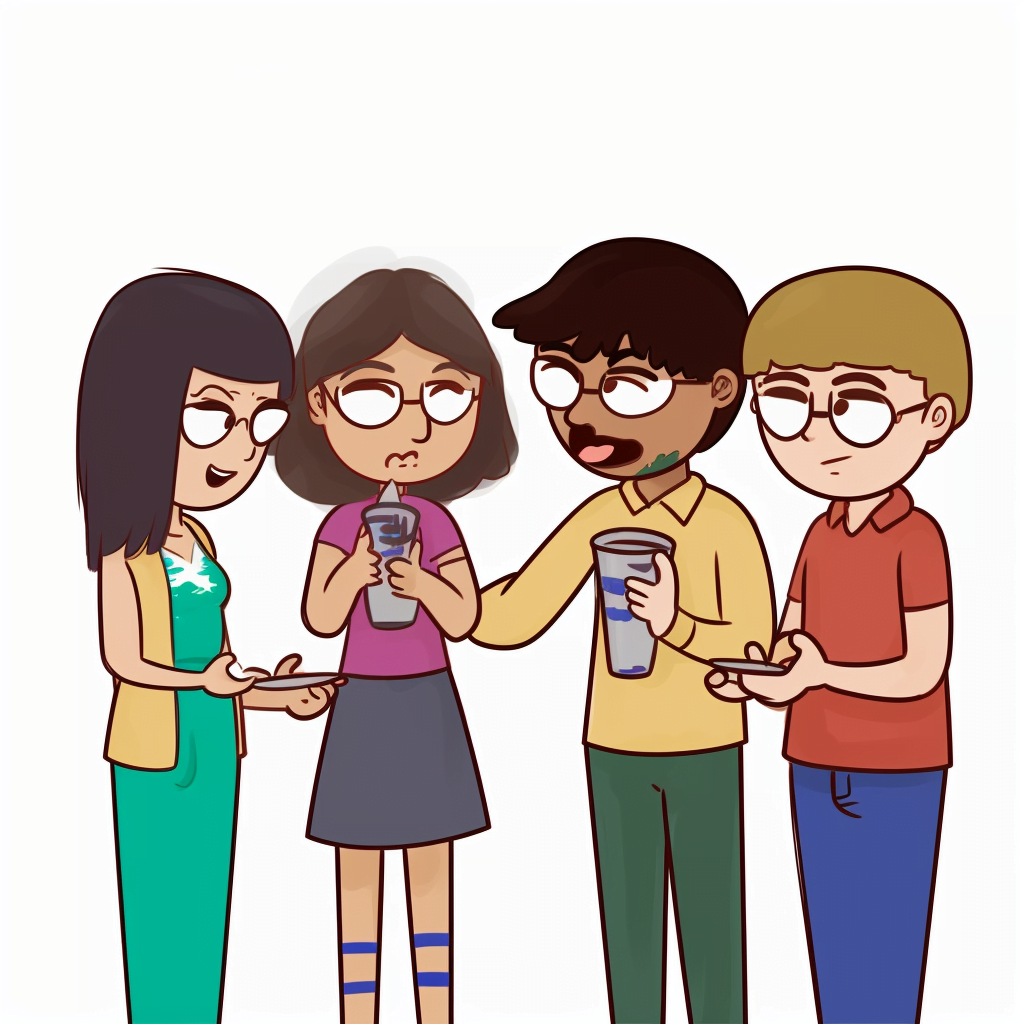
The idea of stimulus discrimination is when someone learns to respond to only the initial stimulus and not to other later ones. This is an offshoot of stimulus generalization, where we respond to the initial stimulus and other ones, too.
As an example, let’s say Godzilla walked up Main St after hearing the civil defense siren blasting on the speakers from miles away. Once he goes into town, he inadvertently crushes a bystander to death with love. But, Frank, the operator of the siren, gives him a big juicy burger to make him happy.
The next time Godzilla hears the siren, he heads into town, smushes a bystander, and gets a big juicy burger. Every time Godzilla hears a siren, he thinks he’ll get a juicy burger if he crushes the life out of someone. This is stimulus generalization.
But one day Frank went on vacation, and Allen had to run the siren. Godzilla came into town, killed a bystander, and…no burger! Godzilla tried it again. And again. All to no avail. But then Frank came back from vacation and gave Godzilla a big succulent juicy burger after another siren and smashing visit. Godzilla would now only come to town if Frank was running the siren. That is stimulus discrimination, Godzilla learned to distinguish the various siren operators and realized only Frank would help him.
What is Stimulus Discrimination?
Stimulus discrimination is like having a superpower to tell apart identical twins. In the land of psychology, it’s the skill of distinguishing between one stimulus and similar ones. With this power, only certain stimuli get a response, while their lookalikes get ignored. Let’s dive into the fantastic world of stimulus discrimination in classical and operant conditioning and see how it differs from its cousin, stimulus generalization.
Classical Conditioning
Imagine two lovebirds, Conditioned Stimulus (CS) and Unconditioned Stimulus (UCS), who always hang out together. If a third wheel, a neutral stimulus like a sound, joins their party and forms an association with UCS, it evolves into CS. Now, CS has the power to evoke the same response as UCS, even when UCS isn’t around.
In the legendary tale of Pavlov’s dogs, the sound of a tone became a conditioned stimulus that made dogs drool when paired with food, the unconditioned stimulus. But then, a trumpet entered the scene. If the dogs didn’t drool to the trumpet, they successfully used their stimulus discrimination superpower to differentiate between the tone and the trumpet. In classical conditioning, this superpower helps learners respond only to specific stimuli, not their doppelgängers.
Stimulus Discrimination in Action
In a cool experiment, dogs learned to drool when they saw a circle (conditioned stimulus) paired with the taste of meat (unconditioned stimulus). However, they also drooled when they saw an ellipse, an oval shape. But with time and practice, the dogs leveled up their stimulus discrimination skills and only drooled when they saw the circle, not the ellipse.
Marketers also harness the power of stimulus discrimination to help consumers tell their products apart from others. So, snack cookie packaging can act as the secret identity that distinguishes a specific brand from its rivals.
Operant Conditioning
In operant conditioning, the hero is learning through rewards and punishments. Here, stimulus discrimination allows learners to respond only to specific discriminative stimuli, not the similar ones.
For example, a well-trained dog can tell the difference between the command “Jump!” and similar commands like “Sit!” or “Stay!” That’s stimulus discrimination in action. In human terms, it’s knowing that scarfing down food with hands and elbows on the table is cool at a fast-food joint but a big no-no at a fancy restaurant.
Stimulus Discrimination vs. Stimulus Generalization
In the epic battle between stimulus discrimination and stimulus generalization, the main difference is the ability to tell stimuli apart. Generalization means being unable to distinguish between the conditioned stimulus and similar stimuli, like Little Albert who was conditioned to fear a white rat but then also feared other white, furry objects. Stimulus discrimination would’ve been a game-changer if Little Albert could tell the difference between the white rat and other white, furry things.
The amazing world of stimulus discrimination, where super-skills help tell stimuli apart in classical and operant conditioning, makes life a little less confusing.
What are some real-life examples of stimulus discrimination?
Stimulus discrimination isn’t just limited to labs; it’s a part of everyday life too. Opting for a dish at a specific restaurant because it’s not available at other eateries is an instance of stimulus discrimination. Another example is when a cat can distinguish between the sound of a chip bag opening and the sound of its treat bag opening.
What does it mean to have control over stimuli?
The influence of various stimulus conditions on behavior is known as stimulus control. Within the realm of operant conditioning, stimulus control refers to situations where an individual exhibits a particular behavior when a specific stimulus is present but behaves differently when the stimulus is absent.
Can training in stimulus discrimination make a difference?
Honing the art of stimulus discrimination can be valuable in guiding people to exhibit specific behaviors only when a certain stimulus is present. This skill comes in handy when adapting behaviors to particular settings or situations. Furthermore, it can help ease anxiety and fear by preventing the fear response from spreading too widely.





